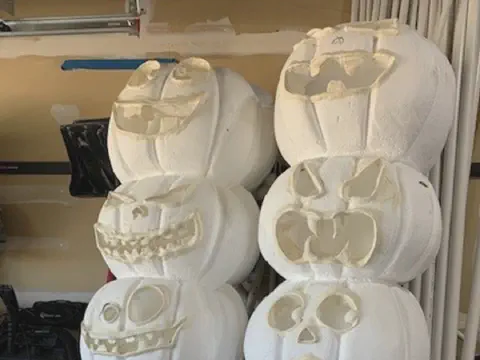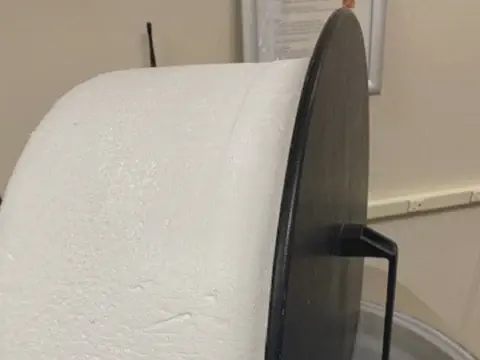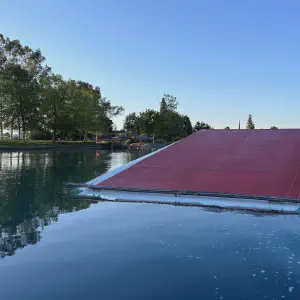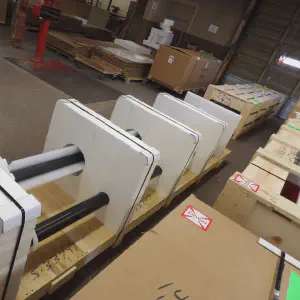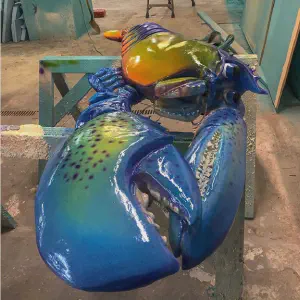The EPS Manufacturing Process



Expanded polystyrene starts in a semi-viscous state, known as polystyrene, which is derived from a raw material called styrene. Polystyrene is usually in the shape of beads or pellets. It is a colorless, hard plastic that is used to make a variety of items—from plastic models to CD jewel cases to plastic knives.
To make expanded polystyrene, the polystyrene beads are expanded into foam, which is accomplished through the use of heat, usually steam. The two most common blowing agents used are pentane and carbon dioxide – neither contains CFCs.
This process – polymerization – fills the polystyrene with millions of air pockets, which helps it to expand and also gives it a low thermal conductivity. During expansion, the product can be molded into a variety of shapes and sizes. The final product is 90% air, but amazingly, EPS can have a compressed strength up to 60 psi or more.
Once the EPS has been manufactured, it is cut with highly heated lengths of wire which are made out of a product called nichrome – a non-metallic alloy of nickel and chrome. This metal resists oxidation at high temperatures and it will conduct electricity surprisingly well. The wire is heated to extreme temperatures and “cuts” the EPS by vaporizing the foam as it passes through it. This process gives EPS a silky smooth surface and allows manufacturers to cut and shape it into any design imaginable!

